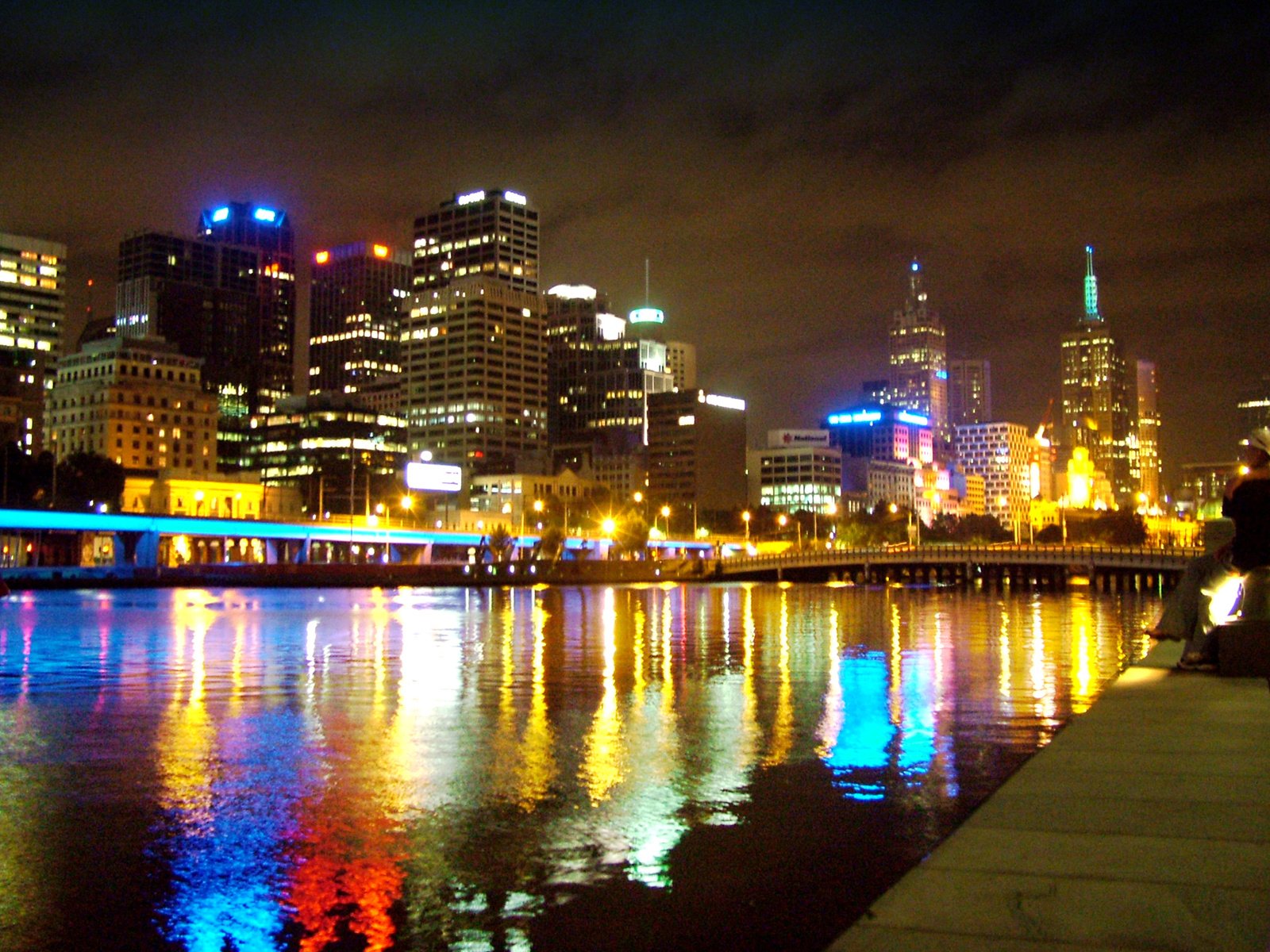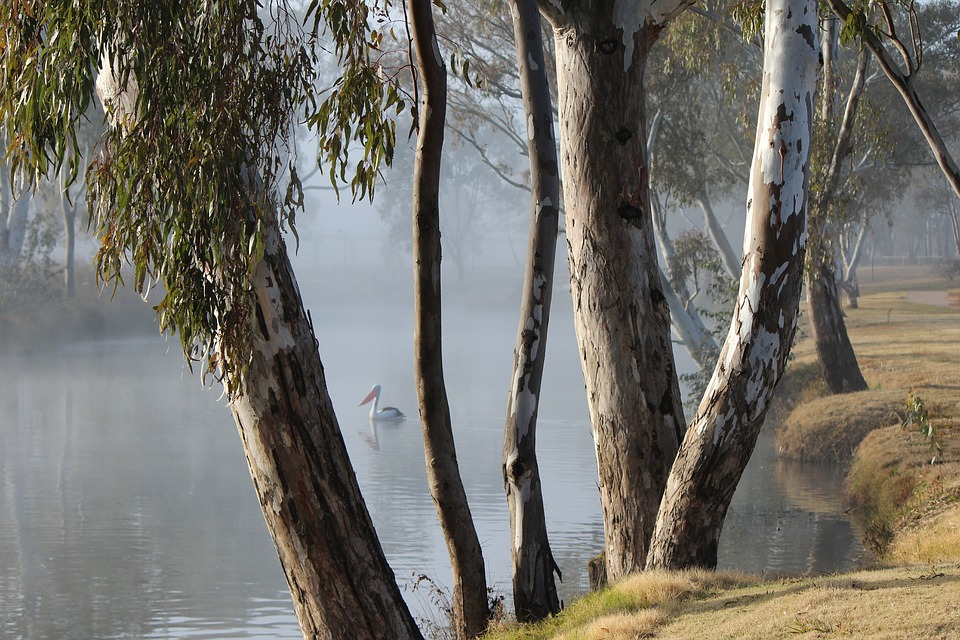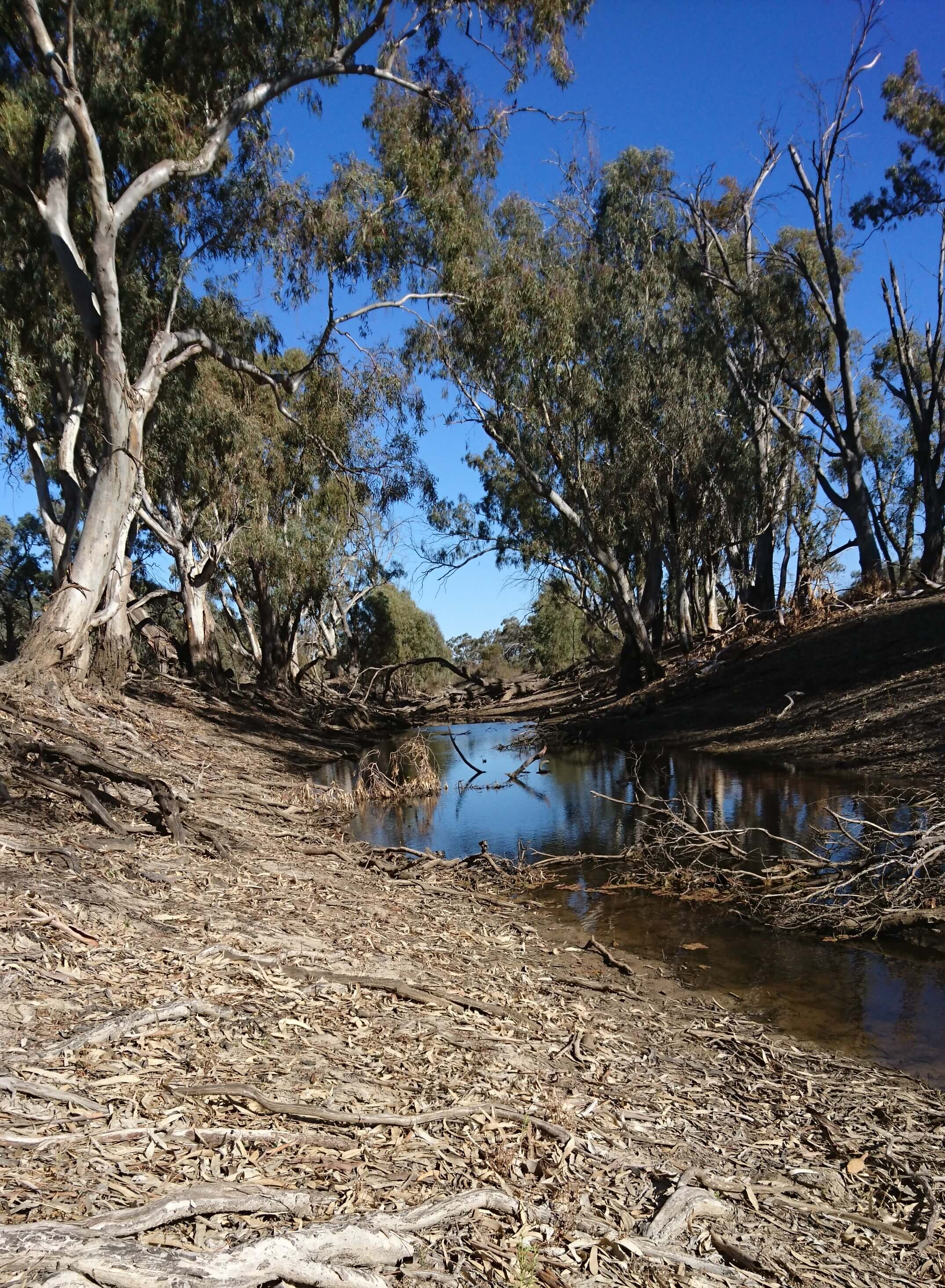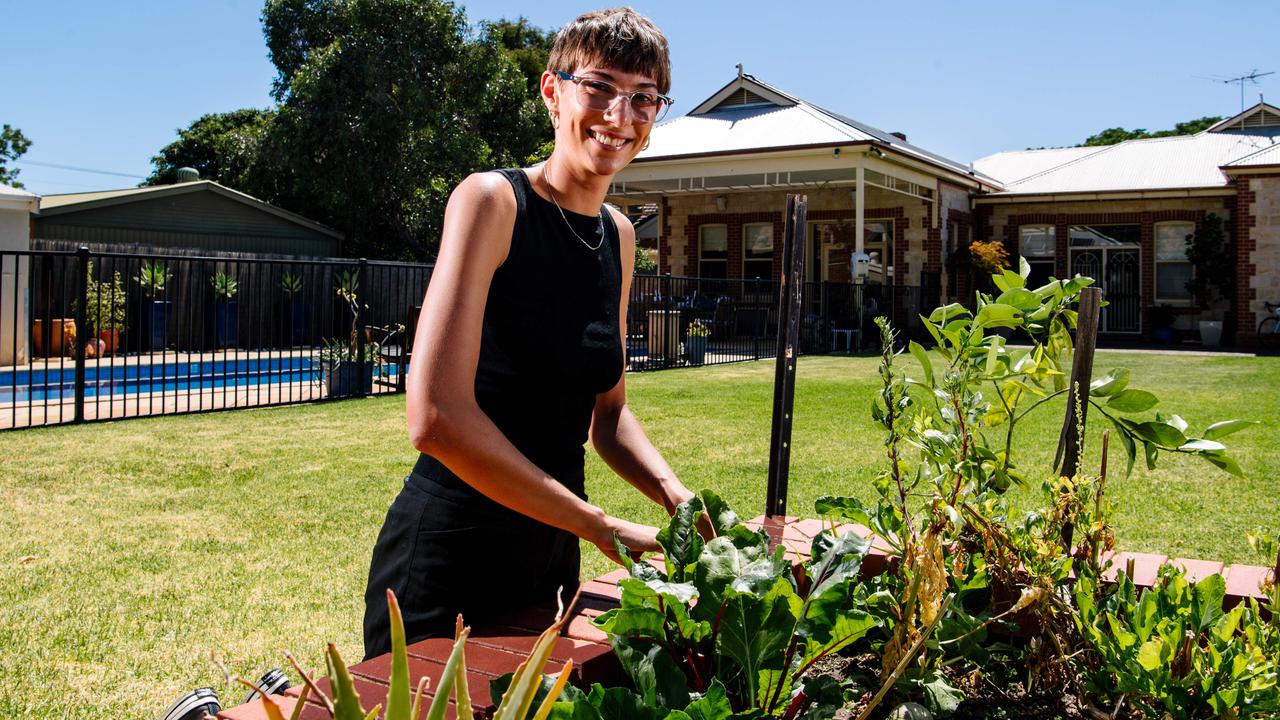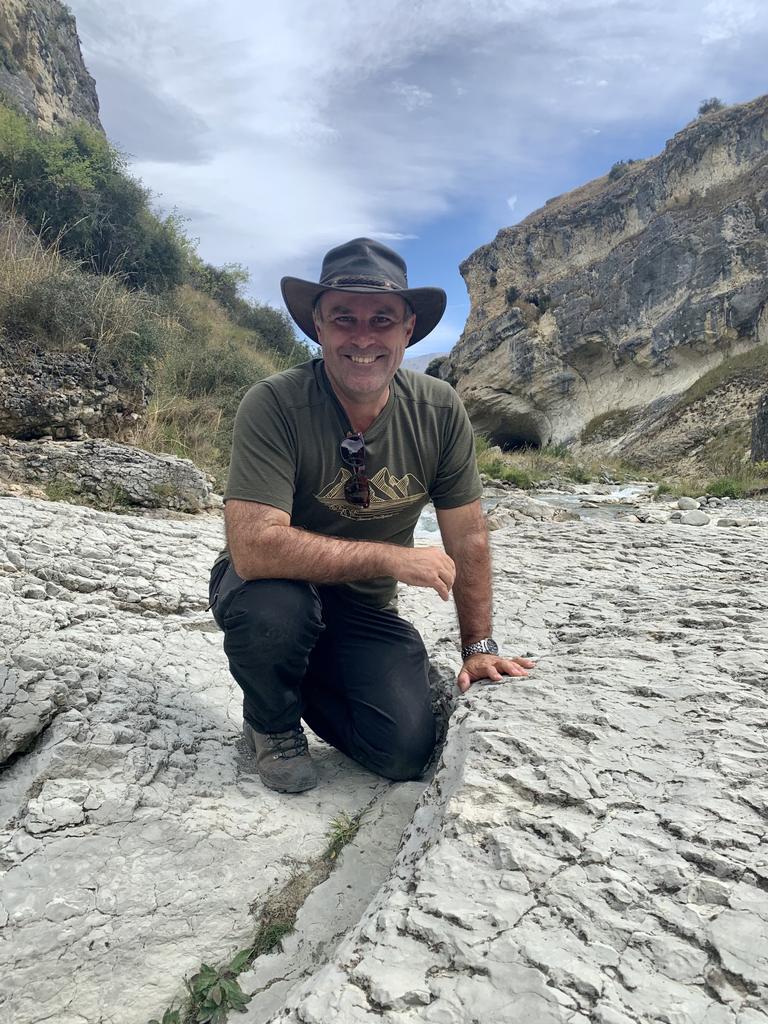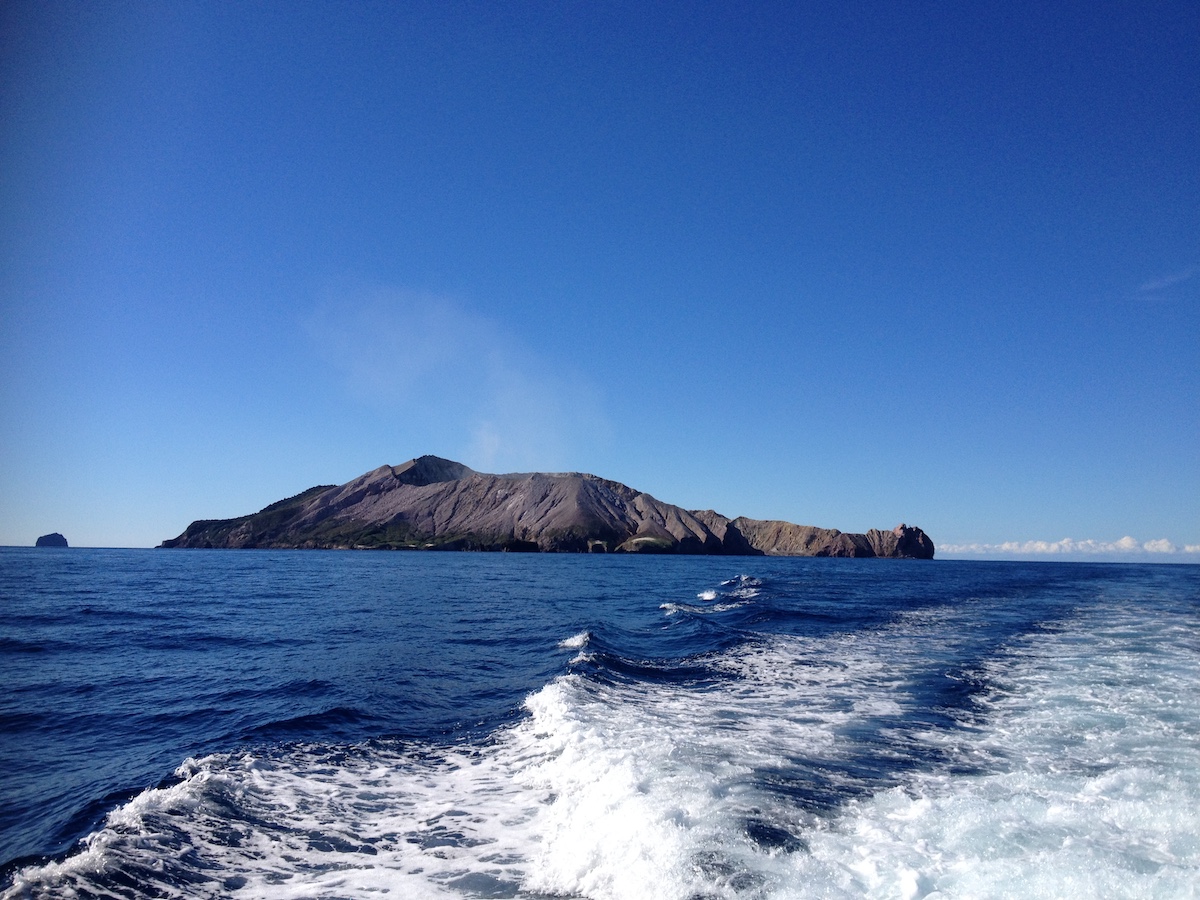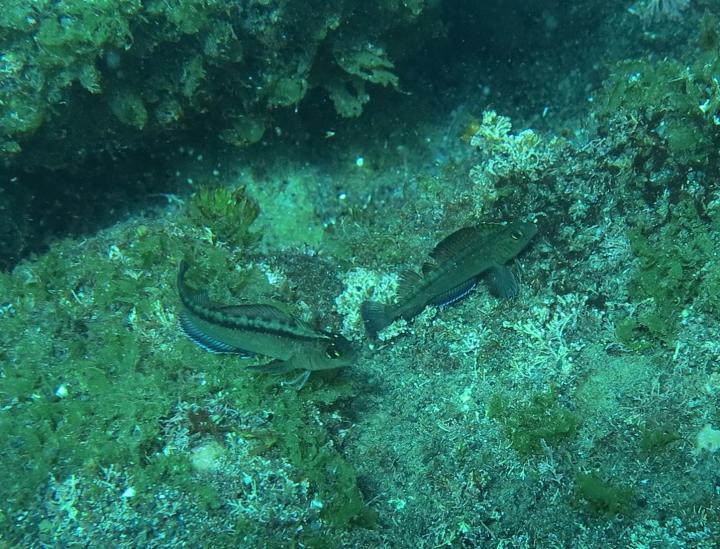BLOGS WEBSITE
Category: paper
Reducing artificial light at night may improve health
There is a growing body of evidence that exposure to green space is good for our health but a new study from the University of Adelaide has found that this may equally be due to how much light we are exposed to at night. Spending time in green space can improve depressive symptoms, obesity, and […]
Comments Off on Reducing artificial light at night may improve health
Research featured in ‘Science’ finds climate change key factor in rivers running dry
An international team of researchers including the University of Adelaide has demonstrated that climate change is responsible for the changes in the flow and water volume of rivers globally, with major implications for Australia. In the study published in Science, the team investigated changes in river flow, and whether the globally visible changes could be attributed to […]
Comments Off on Research featured in ‘Science’ finds climate change key factor in rivers running dry
Improved mapping of South Australia’s seagrass will help future recovery
Researchers at the University of Adelaide have been mapping large-scale seagrass cover and genus distribution on South Australia’s temperate coast. Seagrasses are environmentally and economically important. They provide ecosystem services for humans including the provision of habitat for commercial species, protection of infrastructure from erosion and sea level rise, and improved water quality through nutrient […]
Comments Off on Improved mapping of South Australia’s seagrass will help future recovery
New tool helps assess risks to the Murray River floodplain systems
Researchers at the University of Adelaide have partnered with the Department for Environment and Water to develop a tool that greatly improves the capability of environmental managers to assess and manage hypoxic blackwater risks on floodplain-river systems. The research has been published in the leading Journal of Environmental Management and Assessment. Aquatic organisms such as fish […]
Comments Off on New tool helps assess risks to the Murray River floodplain systems
A quarter of homeowners lawn area can grow enough vegetables to become self-sufficient
Research led by the University of Adelaide has found in a case study of Adelaide properties, households would need to give up less than a quarter of their domestic lawn areas to grow enough vegetables to become self-sufficient. In the study published in Sustainable Cities and Society, researchers calculated self-sufficiency by measuring the capacity of […]
Comments Off on A quarter of homeowners lawn area can grow enough vegetables to become self-sufficient
Action and support needed to save local endangered species in the Adelaide Hills
Conservation groups are calling nature-lovers to help endangered wildlife impacted in the recent Cherry Gardens bushfire. The early 2021 Adelaide Hills bushfire has devastated 2,700-hectares in wildlife habitat, with many South Australian conservation groups expressing their concerns about habitat recovery for two nationally endangered species and their fellow wildlife. Friends of Scott Creek President, Jim […]
Comments Off on Action and support needed to save local endangered species in the Adelaide Hills
A billion years on Earth in 40 seconds
A video which shows the movement of the Earth’s tectonic plates over the past billion years, has been released by University of Adelaide scientists. The time-lapse series displays the movement in just 40 seconds. The video is part of an international research project, published in Earth Science Reviews. The co-author and leader of Adelaide’s Tectonics and Earth […]
Comments Off on A billion years on Earth in 40 seconds
Research highlights competing impacts of warm waters and acidification in Nature Paper
Warming waters and ocean acidification could have opposing effects on the movements of tropical fish. Under increasing global warming, tropical fish are escaping warmer seas by extending their habitat ranges towards more temperate waters. But a new study from the University of Adelaide, published in Nature Climate Change, shows that the ocean acidification predicted under […]
Comments Off on Research highlights competing impacts of warm waters and acidification in Nature Paper
Fish sex organs boosted under high-CO2
Research from the University of Adelaide has found that some species of fish will have higher reproductive capacity because of larger sex organs, under the more acidic oceans of the future. Published in PLOS Biology, the researchers say that far from the negative effects expected under the elevated CO2 levels in our oceans predicted for the end […]
Comments Off on Fish sex organs boosted under high-CO2
Freaky ‘frankenprawns’: ancient deep sea monsters called radiodonts had incredible vision that likely drove an evolutionary arms race
Deep sea animals can be the stuff of nightmares. Many inhabit the ocean’s twilight zone (down to 1,000 metres depth), where sunlight has virtually disappeared, and have adapted their vision to this dark alien world. Evolution gave them large, complex eyes to see in dim light — examples include the Vampire Squid, Sloane’s Viperfish, and various predatory crustaceans. […]
Comments Off on Freaky ‘frankenprawns’: ancient deep sea monsters called radiodonts had incredible vision that likely drove an evolutionary arms race

